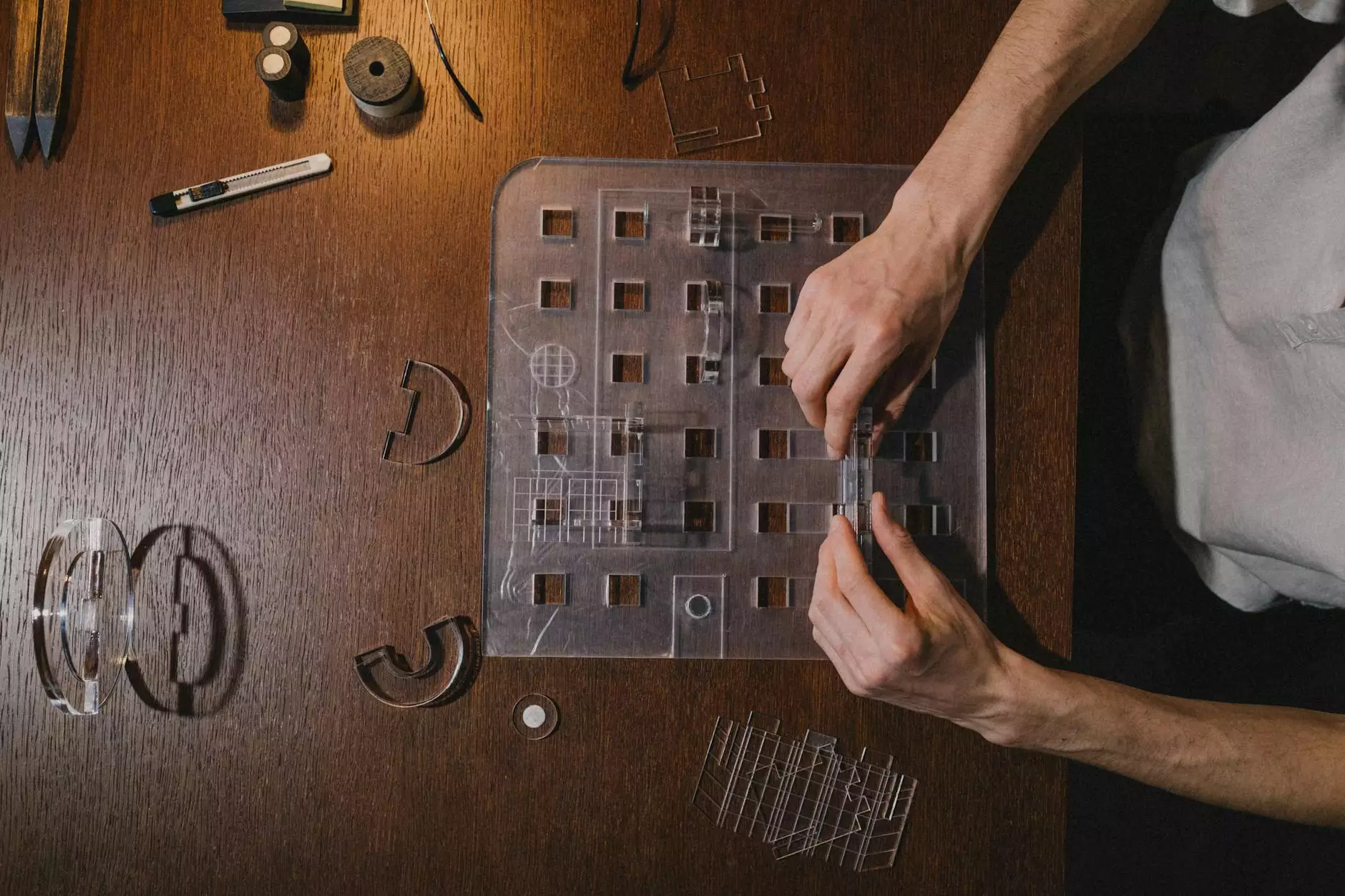The Art and Science of Model Making in Architecture

When it comes to bringing architectural designs to life, model making architecture is an essential tool employed by architects to visualize, refine, and communicate their ideas. These intricate scale models serve as a bridge between imagination and reality, allowing stakeholders to grasp the nuances of a project before it is built.
Evolution of Model Making
Model making in architecture has a rich history dating back centuries, where designers used physical models crafted from materials like wood, cardboard, and clay to convey their concepts. With the advancement of technology, architects now have access to cutting-edge tools such as 3D printing and computer-aided design software that have revolutionized the field.
The Role of Models in Architectural Design
Architectural models serve multiple purposes in the design process. They help architects test spatial relationships, study lighting effects, and evaluate the overall aesthetic of a structure. Additionally, models aid in client presentations, allowing them to visualize the final product and provide feedback before construction commences.
Types of Architectural Models
There are various types of architectural models, each serving a specific function:
- Conceptual Models: These models focus on capturing the initial design ideas and overall form of a project.
- Detail Models: These models delve into the intricate details of a building, showcasing elements like facades, interiors, and materials.
- Site Models: These models depict the relationship between a structure and its surrounding environment, including topography and landscape features.
Benefits of Model Making in Architecture
Utilizing models in the architectural process offers a multitude of benefits:
- Enhanced Visualization: Models provide a tangible representation of complex designs, aiding in comprehension for both architects and clients.
- Iterative Design: By physically manipulating models, architects can explore different iterations of a design quickly and efficiently.
- Client Communication: Models serve as powerful communication tools, enabling clients to engage with the design in a tactile manner.
Integration of Technology in Model Making
In recent years, technology has reshaped the landscape of model making in architecture. Advanced software programs allow architects to create intricate digital models with unparalleled precision. 3D printing has also emerged as a game-changer, enabling the rapid prototyping of complex designs at a fraction of the time and cost compared to traditional methods.
Collaboration with Architects
At architectural-model.com, our team of experienced architects specializes in leveraging model making as a powerful tool in the design process. Through close collaboration with our clients, we create bespoke models that bring architectural visions to life with stunning accuracy and detail.
Conclusion
In conclusion, model making architecture stands as a cornerstone of the architectural design process, offering invaluable insights and visualizations that shape the built environment. By harnessing the latest technologies and a keen eye for detail, architects can elevate their designs to new heights and captivate audiences with compelling and immersive models.
Embark on a journey of creativity and precision with architectural-model.com, where each model crafted is a testament to our unwavering commitment to excellence in architectural representation.









